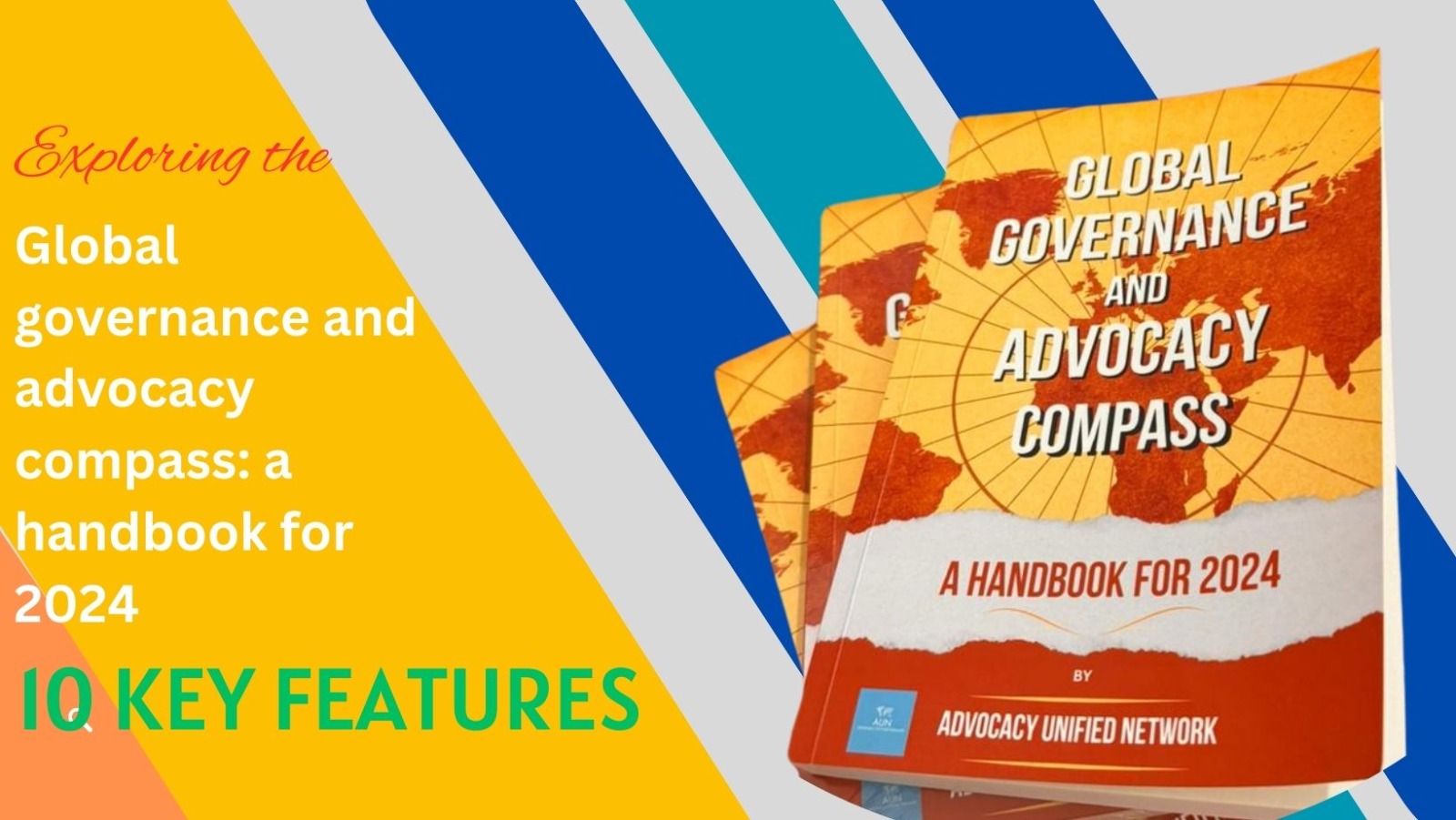Nepal political instability has been impacting its socio-economic status and has deterred it from developing its economic power, leaving Nepal’s economy underdeveloped. The current political situation in Nepal can be attributed to the prevailing social and economic conditions that affect the day-to-day life of Nepalese people, especially the two historically disadvantaged groups – women and indigenous communities. The politics in Nepal is shaped by the society and by the influence of international players like India, China, etc. Politics plays a vital role in shaping Nepal’s social and economic status and vice versa.
A brief history
In South Asia, Nepal is a landlocked equatorial country, with an area of 147,181 square kilometers and a population of 26.4 million as of 2011. It borders China to the north and India to the south, east, and west. Nepal has a diverse geography, including Alpine forests, hilly regions, and plains. Hinduism is the religion of the majority of people in Nepal (81.3%), followed by Buddhism (9%), Islam (4.4%), Kirant (3.1%), Christianity (1%), and animism (0.4%), and others (0.5%). The Nepalese economy is heavily dependent on agriculture and tourism. However, political instability has hindered economic growth in recent years. Corruption is also widespread. In 2015, Nepal was ranked 155th out of 168 countries on Transparency International’s Corruption Perceptions Index (CPI). Nepal continues to be hampered by external factors and internal weaknesses. External factors such as an economic crisis in Nepal’s two largest trading partners – China and India – significantly impact Nepal’s exports.
In contrast, the weakening of the Indian rupee has increased import prices from Nepal. Meanwhile, weak infrastructure combined with environmental degradation caused by deforestation and other factors has made it difficult for Nepal to industrialize or modernize its agricultural practices beyond subsistence farming. These problems are further exacerbated by low levels of literacy among women as well as high rates of unemployment among young people, who comprise roughly 40% of Nepal’s population under 25 years old. Nepal ranks 139th out of 189 countries on UNDP’s Human Development Index (HDI), which measures life expectancy, education, and income. Nearly 44% of Nepalis live below the poverty line.
Consequently, Nepal’s socio-economic status reflects these figures, with one-quarter of Nepalis living in extreme poverty. In contrast, 70% live without electricity or drinking water despite being an upper-middle-income country by World Heritage Foundation standards. Furthermore, only 50% complete primary school education because high costs associated with secondary education prevent many students from continuing their studies past 8th grade. But in the race of all things, women do worse than men. They account for only 10% of higher-level civil servants and earn less than men in similar positions within the workforce ($40 vs. $60 per day).
Moreover, Nepal’s ethnic groups are divided along caste lines into different social strata. There is also ongoing conflict between Hinduism and Buddhism. To make matters worse, corruption has plagued Nepal since before the end of the monarchy in 2006. Various scandals involving abuse of power and financial mismanagement led to public outrage over Nepal politics, culminating in the 2015 mass protests known as the April Uprising. The protesters demanded better representation for all ethnic groups, more transparency in government operations, better allocation of resources, more vigorous checks against authoritarianism by officials within government agencies, and curbing corruption at all levels.
The Current Situation
Nepal is among the poorest and least developed countries in the world, with a per capita income of $680 in 2015. The mainstay of the economy is agriculture, providing a livelihood for more than 70% of the population and accounting for 42% of GDP. Some crops cultivated are rice, maize, wheat, jute, sugarcane, and various pulses. Industries contribute about 25% to Nepal’s gross domestic product (GDP) and employ 12% of the total workforce. Only one industrial park in the country produces goods on a large scale as no industry dominates Nepal’s economy. Inflation stands at 6.8%. The value of the Nepalese rupee has depreciated since the 1990s, reaching its lowest level against the US dollar in August 2016.
Nepal ranks 163rd out of 175 nations on the poverty index, 154th out of 186 countries on the human development index, 176th out of 190 nations on the corruption perception index, 139th out of 176 nations on the democracy index, and 144th out of 188 countries on gender inequality index. Nepal faced a civil war from 1996 to 2006, during which 17,000 people were killed. Nepal ranked 153 out of 167 on political stability and lack of violence index, ranking it the 2nd most politically unstable nation in South Asia after Afghanistan. The government drafted a new constitution in 2015, which saw many violent protests leading to clashes between police forces and protestors. Local protests escalated into a blockade against India in 2017. As a result, Nepal faced severe fuel shortages as it depends on India for its fuel requirements. It affected different sectors like transportation, tourism, etc., and led to inflation rates soaring to over 20%, which was finally resolved after nine months when China stepped up support for Nepal. Nepal turned to Beijing for help amid growing Indian dominance over the Himalayan nation.
Politics is one of the root causes of Nepal’s current socio-economic problems. It plays a significant role in shaping Nepal’s social and economic status. Politics reflects the status quo and shapes what will happen next. For example, rampant corruption across all levels of society: politicians, bureaucrats, people in business, and regular citizens, has resulted in Nepal’s deep economic crisis.
A series of mega scams involving billions of dollars have made life difficult for citizens, leading to public demonstrations demanding justice time and again. Nepal’s political history and geopolitics influence the course of social and economic growth. Nepal is known to be an impoverished country, with barely any natural resources to exploit, yet there is tremendous potential for wealth creation if Nepal can grow economically. Unfortunately, the instability of politics in Nepal and other socio-demographic data has created an environment where opportunities are limited, and poverty prevails. Nepal has experienced political instability and corruption at the highest levels of government, which has caused severe damage to the economy.
Partly because of geography, Nepal is vulnerable to high-magnitude earthquakes. This vulnerability is exacerbated by the country’s weak building standards and near-total dependence on groundwater for irrigation. Poverty, too, means that Nepalis are exposed to much higher risks of death or injury in a disaster than their wealthier counterparts in more prosperous nations. There are few signs that Nepal’s economic situation will improve anytime soon. Due to weak infrastructure, low education and skills base, weak institutions, and a subsistence economy, it is an uphill task to boost the economy, primarily when it depends on agriculture and small enterprises without solid links with global supply chains.
The Future Challenges
The 21st century is an era of the rise of Asia. China and India lead the pack, but Nepal has its own significance. The country has great potential for socio-economic growth. However, several challenges must be addressed for this growth to be realized. These challenges include political instability, a lack of infrastructure, and a weak educational system.
Additionally, Nepal faces the challenge of competing with its larger regional neighbors. While Nepal has made great strides in recent years, it will need to continue working hard to meet the high demands of the 21st century. With economic reforms at the forefront of government policy and proper international support, Nepal’s future can turn around. Historically, Nepal has had little room for democratic institutions due to various political factors such as low literacy rates, low levels of education, and widespread poverty. However, following the April 2006 royal coup d’état, Nepal became a republic with an elected president and prime minister as well as legislative powers being vested in parliament. Nepal continues to face many problems politically, including corruption and nepotism within the police force.
These problems impact the economy because investments are hard to come by without peace or stability, which inhibits long-term sustainable growth. Nepal has also faced some human rights, gender equality, and cultural diversity setbacks. Nepal’s human rights situation is considered poor in the Human Rights Watch World Report 2016. Nepali women live under an oppressive patriarchal society, where they are deprived of fundamental human rights such as safety from violence, equal access to education, and livelihood opportunities. Caste-based discrimination remains prevalent even though the Supreme Court officially abolished caste-based discrimination in Nepal through a ruling in 2007.
Moreover, religion plays a significant role both culturally and politically within Nepal. Nepal is a secular state, but Hinduism and Buddhism are the two main religions practiced. Because of this, Nepal’s demography varies widely across religious lines. For example, 75% of the population practices Hinduism while 18% practice Buddhism (CIA Factbook). To add to the problems, Nepal also struggles with its socio-economic status – ranking 139th out of 187 countries on UNDP’s HDI index as of 2015 (UNDP). One point relates explicitly to gender inequality. Nepalese culture dictates that women should be confined to home duties and housework – usually done by female family members who don’t have paid employment outside the home. One way Nepal can address this issue would be by providing more awareness about gender inequality through civil society organizations!
In conclusion
Nepal’s current social and economic status is dire, with high poverty levels and political instability. The main issues facing the country are its poor infrastructure, lack of jobs, and low levels of education. These problems have led to a rise in crime, as well as political unrest. The future of Nepal looks uncertain, but it is hoped that with international assistance, the country can begin to improve its socio-economic status. Scams and scandals have marred Nepali politics for decades, so this is unlikely to change.
Nevertheless, there has been some recent progress made toward improving Nepal’s position on a global scale. In 2015, Nepal was ranked 133rd out of 188 countries on the Human Development Index (HDI). Still very far from first place. In 2016, Nepal had an impressive GDP growth rate of 6%. The government has also begun looking into ways to diversify its economy, including opening up to foreign investment and tourism. Perhaps with more time and effort put into these changes, Nepal will be able to escape its history as one of the poorest countries in Asia.
Author: Arindam Bhattacharya
Chairman, Advocacy Unified Network
August 2022, DOI: 10.13140/RG.2.2.26191.97443, License: CC BY-NC-ND 4.0





